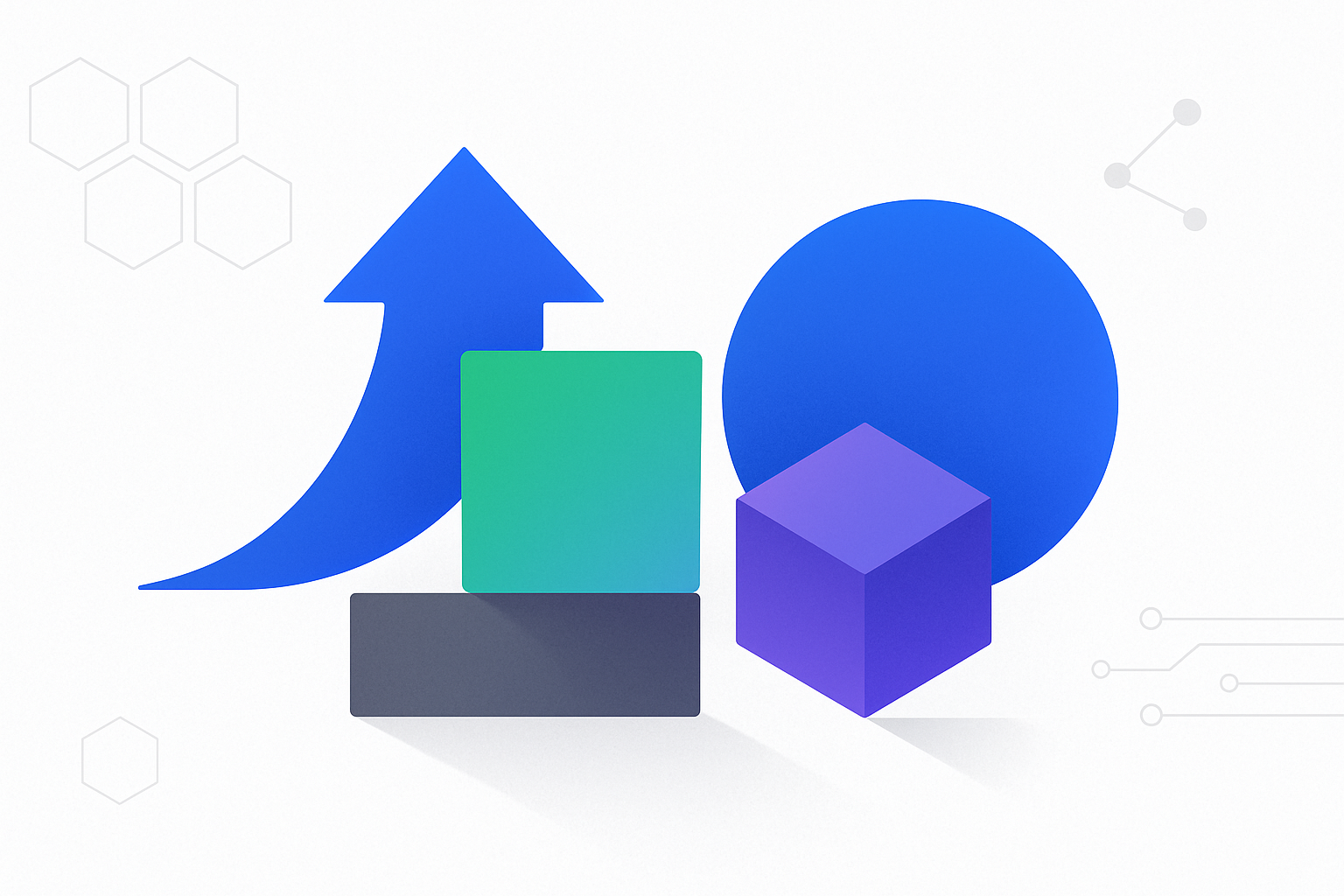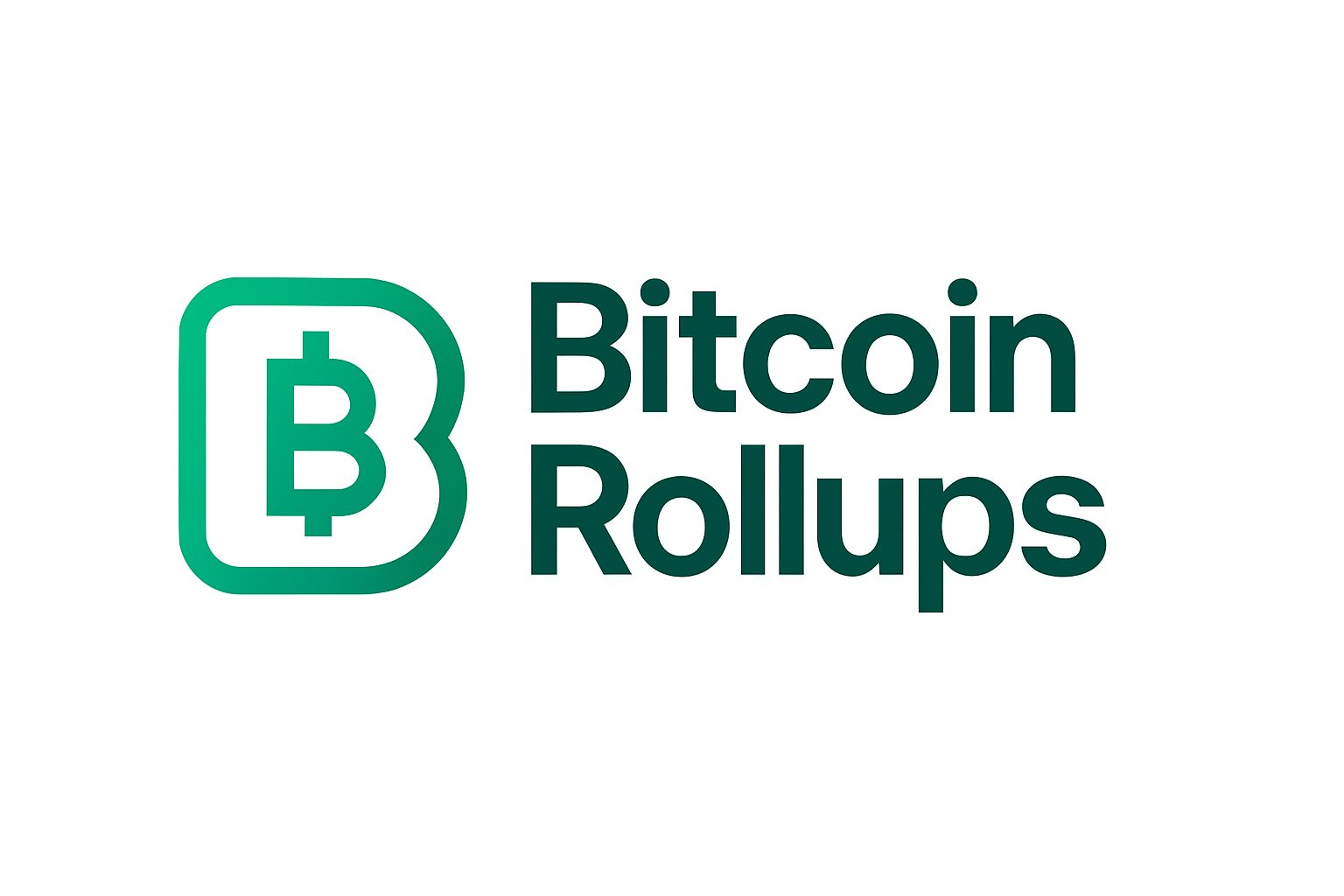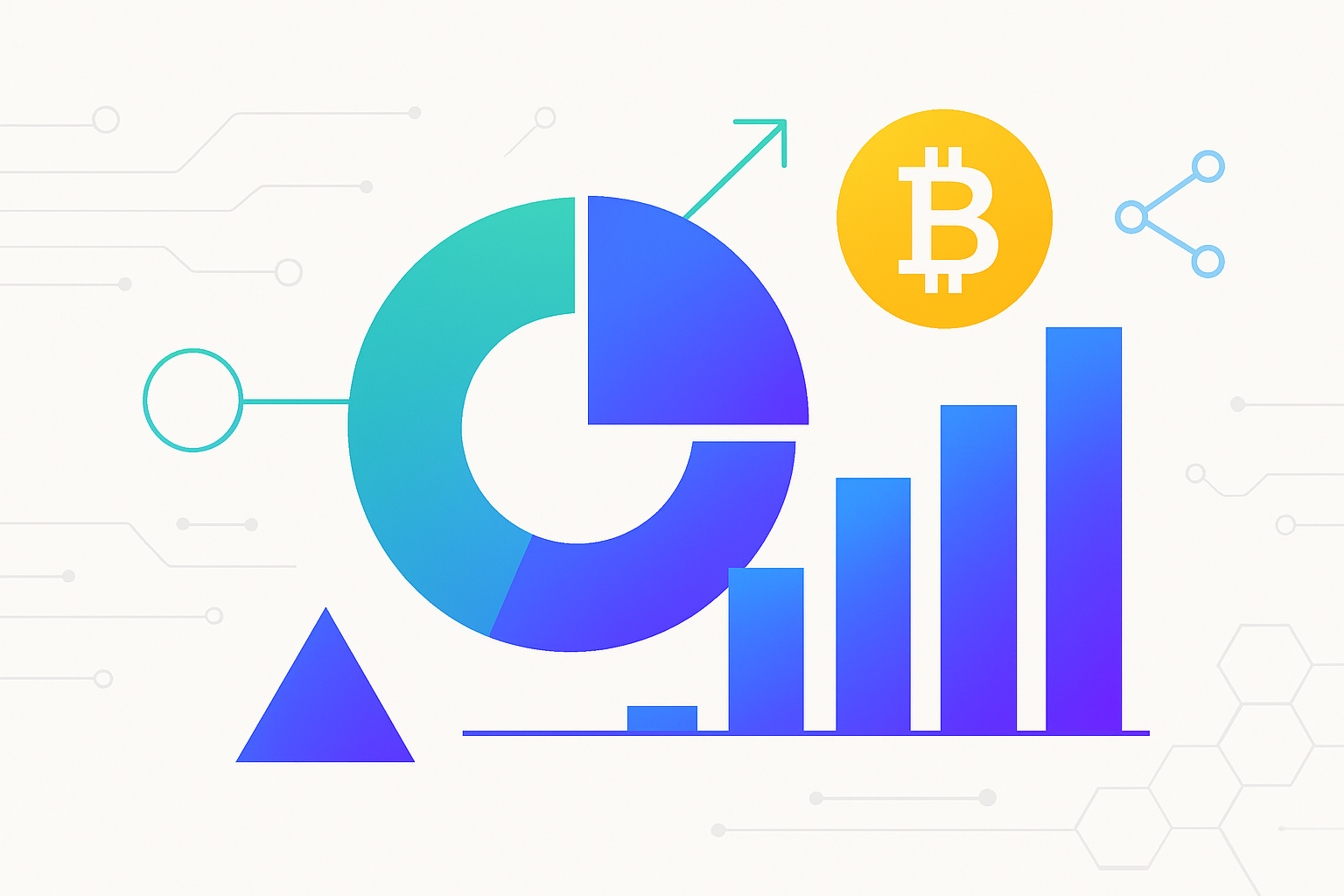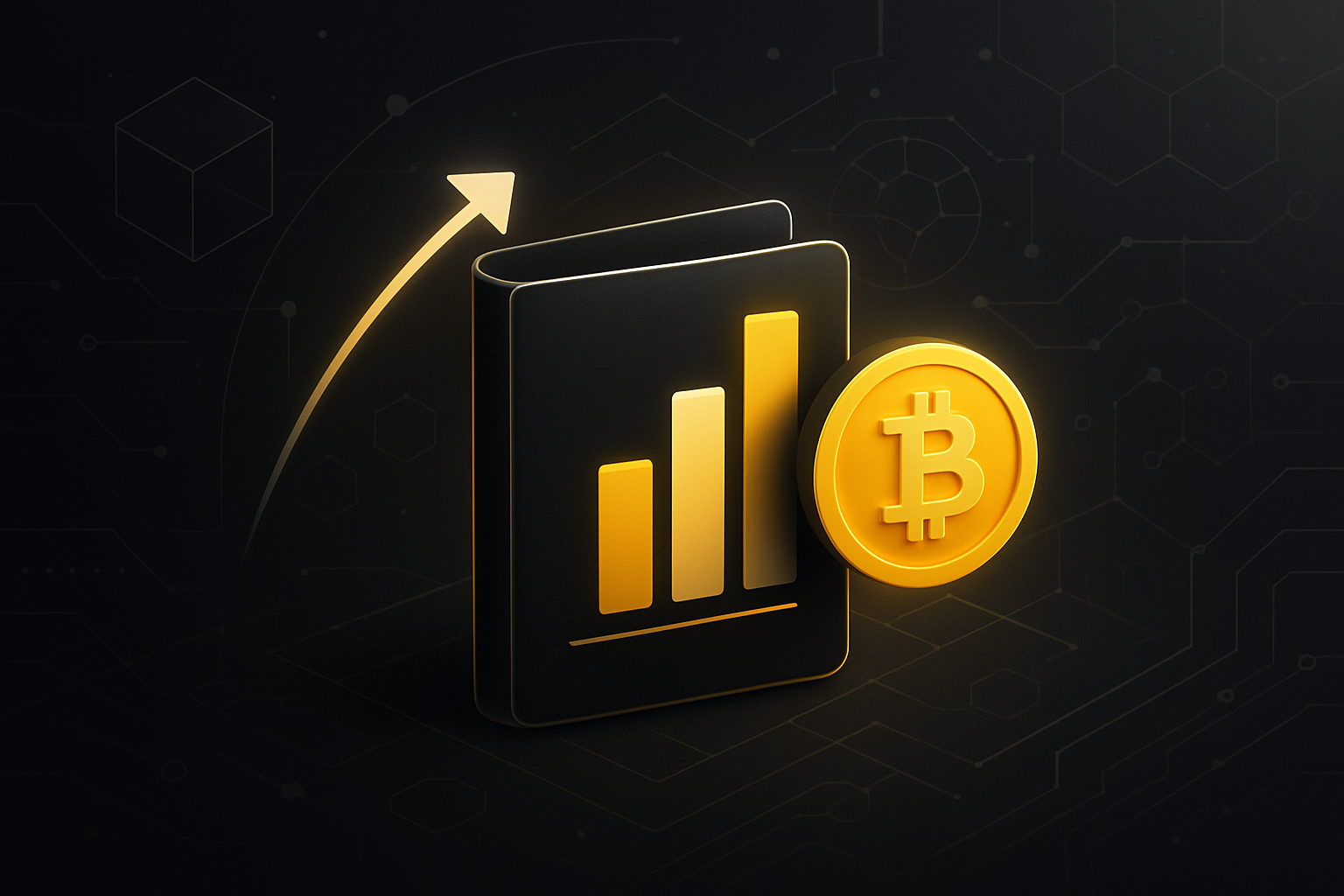
For years, Bitcoin holders seeking yield have faced a binary choice: either accept the risks of custodial services and wrapped tokens on external blockchains, or forgo yield entirely in favor of native security. This tradeoff is rapidly dissolving thanks to a new wave of Layer 2 innovation. The recent launch of BitVM2-powered zkRollups is enabling native BTC yield directly on Bitcoin, without wrappers or centralized trust.
BitVM2 and zkRollups: The New Foundation for Native BTC Yield
The original BitVM protocol was a breakthrough for off-chain computation verification on Bitcoin, but its 14-day challenge period and limited efficiency restricted practical use in high-throughput applications. BitVM2 dramatically improves upon this, slashing the challenge period to under one day while leveraging pre-signed transactions, one-time signatures, and SNARK proofs for robust fraud detection and settlement. This enables secure execution of complex rollup logic without requiring consensus changes or hard forks.
zkRollups, meanwhile, aggregate thousands of off-chain transactions into succinct zero-knowledge proofs that are posted and verified on-chain. When combined with BitVM2’s dispute resolution model, this architecture delivers high throughput, low fees, and strong finality guarantees – all while inheriting Bitcoin’s base layer security.
The impact is profound: with these tools, developers can now build programmable financial primitives that pay real BTC yield natively – no bridges or wrappers required.
GOAT Network: Real-Time Native Bitcoin Yield in Action
The GOAT Network is leading the charge with its testnet deployment of a BitVM2-based zkRollup system. This marks the first time users can earn sustainable yield in true BTC without leaving the security perimeter of the main chain. GOAT’s decentralized sequencer network and zkMIPS virtual machine enable rapid settlement and proof generation, allowing near-instant withdrawals while keeping funds non-custodial at all times.
GOAT’s BTCFi suite includes:
- GOAT Safebox: A non-custodial product offering 2% APY in native BTC by locking coins via timelock contracts – no exposure to DeFi exploits or bridge hacks.
- BTCB/DOGEB Vault: For users active on BNB Chain seeking reliable 5% APY yields backed by sequencer rewards and real gas fees.
- Permissionless PoS Staking: In partnership with Artemis Finance, users can stake BTC to support decentralized sequencing infrastructure and earn upwards of 10% APY in native BTC depending on network activity.
This approach eliminates both counterparty risk and the friction associated with moving assets across chains. For more technical details about how GOAT uses BitVM2 and zkRollups to deliver native BTC yield without wrapped tokens, see our deep dive: How GOATRollup Uses BitVM2 and amp; zkRollups to Deliver Native BTC Yield Without Wrapped Tokens.
Ecosystem Expansion: Trustless Bridges and Programmable Bitcoin Applications
The momentum isn’t limited to a single project. Syscoin has introduced a trustless bridge leveraging merged mining (AuxPoW), BitVM2 fraud proofs, and zk-Light Clients to let BTC flow natively into its modular ecosystem. This allows direct use of BTC in DeFi protocols (like zkSYS) without ever wrapping coins or surrendering keys to third parties, a significant leap forward for decentralized finance on Bitcoin.
This trend signals an impending shift toward a fully programmable Bitcoin economy where users can:
- Stake their coins natively for protocol rewards
- Lend/borrow against real BTC collateral
- Participate in DAOs and NFT minting using only mainnet-secured assets
Bitcoin Price Prediction 2026-2031: Impact of BitVM2 & zkRollups
Forecasts based on $101,744.00 BTC price (Nov 2025) and latest Layer 2 innovations enabling native BTC yield
| Year | Minimum Price | Average Price | Maximum Price | Year-on-Year Change (Avg) | Scenario Insights |
|---|---|---|---|---|---|
| 2026 | $85,000 | $110,000 | $140,000 | +8.1% | Consolidation after 2025 rally, Layer 2 adoption increases BTC yield demand |
| 2027 | $95,000 | $123,000 | $170,000 | +11.8% | Early institutional BTC yield products and DeFi expansion drive price growth |
| 2028 | $105,000 | $135,000 | $200,000 | +9.8% | Mainstream integration of BTCFi and regulated yield products, increased global adoption |
| 2029 | $120,000 | $155,000 | $240,000 | +14.8% | Next Bitcoin halving year, BTC scarcity & zkRollup scaling fuel bullish sentiment |
| 2030 | $135,000 | $175,000 | $290,000 | +12.9% | Wider enterprise adoption, new Layer 2 use cases, and higher yield opportunities |
| 2031 | $150,000 | $195,000 | $350,000 | +11.4% | Mature BTCFi ecosystem, cross-chain integrations, and global regulatory clarity |
Price Prediction Summary
Bitcoin’s price is expected to maintain a strong upward trend from 2026 to 2031, fueled by technological advancements such as BitVM2 and zkRollups, which enable native BTC yield and broader DeFi participation. While volatility and periodic corrections are likely, the integration of scalable Layer 2 solutions and trustless yield generation should support sustained long-term growth. The average price projection rises from $110,000 in 2026 to $195,000 by 2031, with maximum bullish scenarios potentially reaching $350,000. Bearish cases (min price) reflect possible regulatory or macroeconomic headwinds.
Key Factors Affecting Bitcoin Price
- Widespread adoption of BitVM2 and zkRollup-powered BTCFi products
- Growth in institutional and retail demand for native BTC yield
- Regulatory progress on crypto yield and DeFi products
- Bitcoin halving cycles and supply dynamics
- Competition from other Layer 1 and Layer 2 networks
- Global macroeconomic conditions and monetary policy
- Security and scalability of Layer 2 solutions
- Integration of BTC with broader Web3 and cross-chain ecosystems
Disclaimer: Cryptocurrency price predictions are speculative and based on current market analysis.
Actual prices may vary significantly due to market volatility, regulatory changes, and other factors.
Always do your own research before making investment decisions.
With Bitcoin trading at $101,744.00, the narrative is no longer about “if” native BTC yield is possible but how quickly these innovations can scale and reach critical adoption. The combination of BitVM2’s rapid fraud resolution and zkRollup throughput unlocks a new design space for non-custodial, on-chain financial primitives. Developers are already building on these foundations to deliver products that rival or surpass the composability and flexibility of DeFi protocols on alternative chains, without sacrificing Bitcoin’s trustless settlement.

The implications for capital efficiency are significant. By eliminating the need for wrapped BTC or synthetic derivatives, protocols can offer true principal protection while minimizing smart contract risk. This not only attracts conservative capital allocators but also opens the door for institutional-grade products such as:
- Bitcoin-native money markets with transparent interest rate curves set by protocol activity
- Automated options vaults using native BTC as collateral, enabling advanced volatility strategies directly on Layer 2
- Composable derivatives and structured notes with cryptographic settlement guarantees, no intermediaries required
As more infrastructure matures, expect to see integrations with programmable Bitcoin applications (₿apps) that support everything from cross-chain swaps to NFT minting, all secured by the mainnet and without exit risk via third-party bridges. The recent introduction of projects like Clementine (a BitVM-based bridge for programmable BTC) further reinforces this direction.
Risks, Tradeoffs, and the Path Forward at $101,744.00
No system is without tradeoffs. While BitVM2 and zkRollups reduce challenge periods and enhance throughput, they still rely on honest majority assumptions among sequencers and off-chain actors. Economic incentives must be robust enough to deter collusion or censorship attacks, an area where ongoing research into decentralized sequencing (as pioneered by GOAT Network) will be critical.
Another consideration is UX friction: users must understand timelocks, proof submission windows, and potential edge cases around liveness or data availability. However, as tooling improves and abstraction layers mature, much of this complexity will fade into the background, mirroring the evolution seen in Ethereum’s rollup ecosystem.
The competitive landscape is heating up as more teams race to capture share in this new market for native BTC yield rollups. Protocols that combine technical rigor with user-focused design will likely dominate as liquidity migrates away from custodial wrappers toward mainnet-secured solutions.
Looking Ahead: A Composable Bitcoin Economy Without Wrappers
The transition to a fully programmable Bitcoin economy is now underway, and irreversible. As capital flows into protocols offering real yield in native BTC at current price levels ($101,744.00), expect new financial primitives to emerge: automated market makers powered by zero-knowledge proofs, DAO-managed vaults distributing sequencer rewards directly in BTC, and even insurance markets collateralized by mainnet coins.
The next twelve months will be critical as these technologies move from testnet pilots to mainnet deployments handling substantial value at scale. For developers and investors seeking exposure to this paradigm shift, and looking to optimize risk/reward profiles across both principal protection and yield, the time to engage is now.
If you’re interested in a deep technical breakdown of how these mechanisms function under the hood, including step-by-step guides on staking, vault participation, or sequencer node operation, visit our detailed analysis here: How GOATRollup Uses BitVM2 and amp; zkMIPS To Bring Real BTC Yield To Bitcoin Holders.






